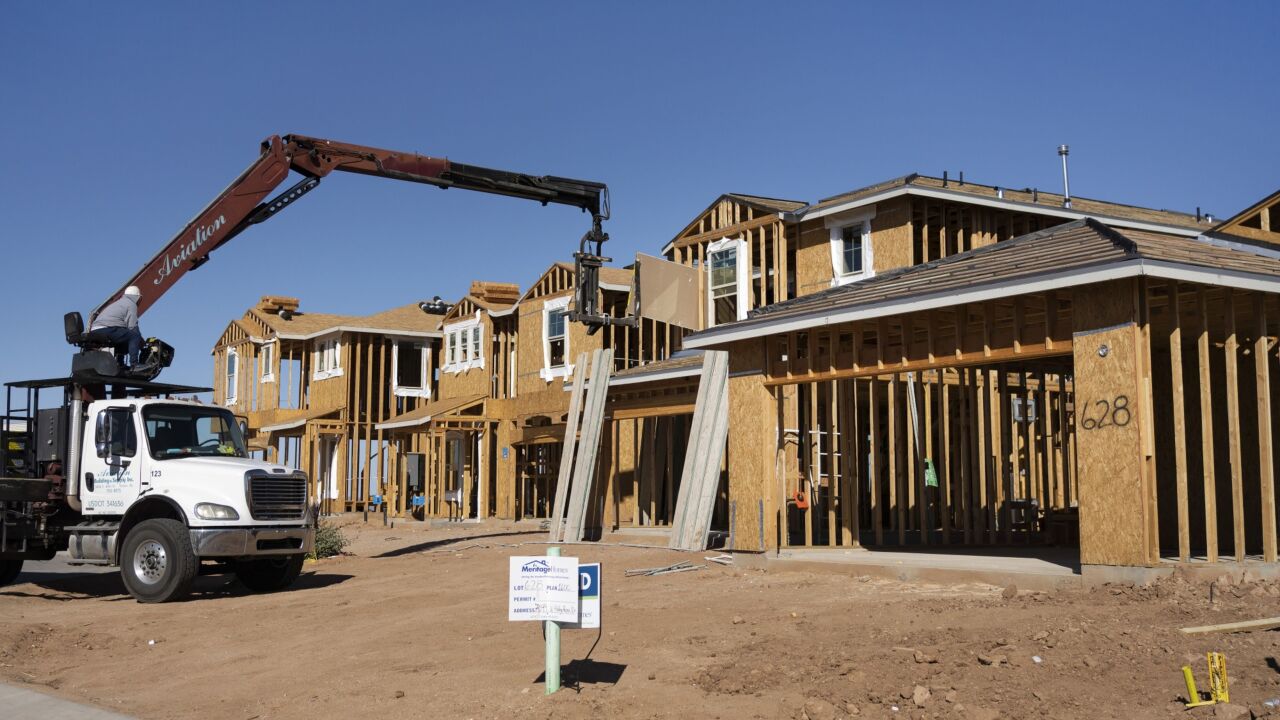
If you visit the
Now, most of us know zombies aren’t real and that this was merely a tongue-in-cheek platform for the CDC to reach a wider audience and teach preparedness for actual hazards (like earthquakes, hurricanes or tornadoes). But it got us thinking: If the CDC has a preparedness plan for a very unlikely zombie attack, shouldn’t the mortgage industry have a preparedness plan for the very real RESPA-TILA?
Even though RESPA-TILA isn’t a brain-eating zombie, at 1,888 pages, it certainly feels like a monster. Issued by the
- The Loan Estimate, which replaces the Good Faith Estimate and the initial Truth-in-Lending Disclosure.
- The Closing Disclosure, which replaces the HUD-1 Settlement Statement and final Truth-in-Lending Disclosure.
In order to give a borrower more time to fully understand the actual charges for a particular loan and to shop different loan scenarios, most lenders will need to change their current processes for creating and providing the Loan Estimate and Closing Disclosure sooner than they do today. Initial Loan Estimates must be delivered or placed in the mail no later than the third business day after receiving the application and no later than the seventh business day before consummation. The Closing Disclosure must be received by the borrower no later than three business days prior to consummation. If the Annual Percentage Rate (APR) becomes “inaccurate,” the loan product changes, or a prepayment penalty is added, a revised Closing Disclosure must be provided and an additional three-business-day waiting period after receipt is required before the loan can close.
Lenders must also retain copies of the Loan Estimate for three years after consummation, and copies of and all documents relating to the Closing Disclosure for five years after consummation.
The CFPB improved the design of the Loan Estimate to help borrower understanding, with less text; the more important, usable information appearing upfront; and all fees rounded to the nearest dollar.
In addition, the Closing Disclosure, which is typically provided by a settlement agent, will now fall under the lender’s responsibilities. Lenders may continue to use settlement agents to provide the Closing Disclosure, assuming that the settlement agents comply with the Final Rule’s requirements for the Closing Disclosure.
Preparedness is the key to being compliant with all of these changes. Because RESPA-TILA will not only affect policies, procedures and how to track and modify disclosures, but also pre-application estimates, compliance tests and reporting requirements, we’re providing our clients (through our series of
- First, it’s important to identify where changes need to be made in order to comply with the Final Rule and the impact these changes will have on key service providers or business partners.
- Secondly, lenders will need to determine new workflow, processes and procedures, as well as how identification of loan products will be affected.
- Finally, they’ll need to execute these changes, educate and train their staff, and ensure that their vendors are working toward incorporating the critical changes to keep them in compliance.
Meeting all of these demands will be costly and time-consuming if you’re completing these forms manually or working on disparate systems. So the best way to be prepared would be to have a compliant mortgage management technology that includes most, if not all, of the following capabilities and features:
- Loan Estimate, Closing Disclosure and Written List of Providers forms
- Fee management
- Pre-application early estimate with Model Disclaimer
- Disclosure tracking capabilities
- GSE loan delivery requirements (Uniform Closing Dataset)
- Ability to send Closing Disclosure electronically
- Compliance tests, including:
- Loan Estimate and Closing Disclosure timing tests
- New variance (fees), loan product and tolerance (APR) tests
This may seem like an overwhelming amount of system and workflow upgrades, but if lenders begin preparing their processes, staff and technology now, RESPA-TILA shouldn’t be as scary as a zombie apocalypse when it goes into effect next summer.
Angela Cheek is vice president and counsel of product compliance and John Haring is compliance enablement manager at Ellie Mae.





